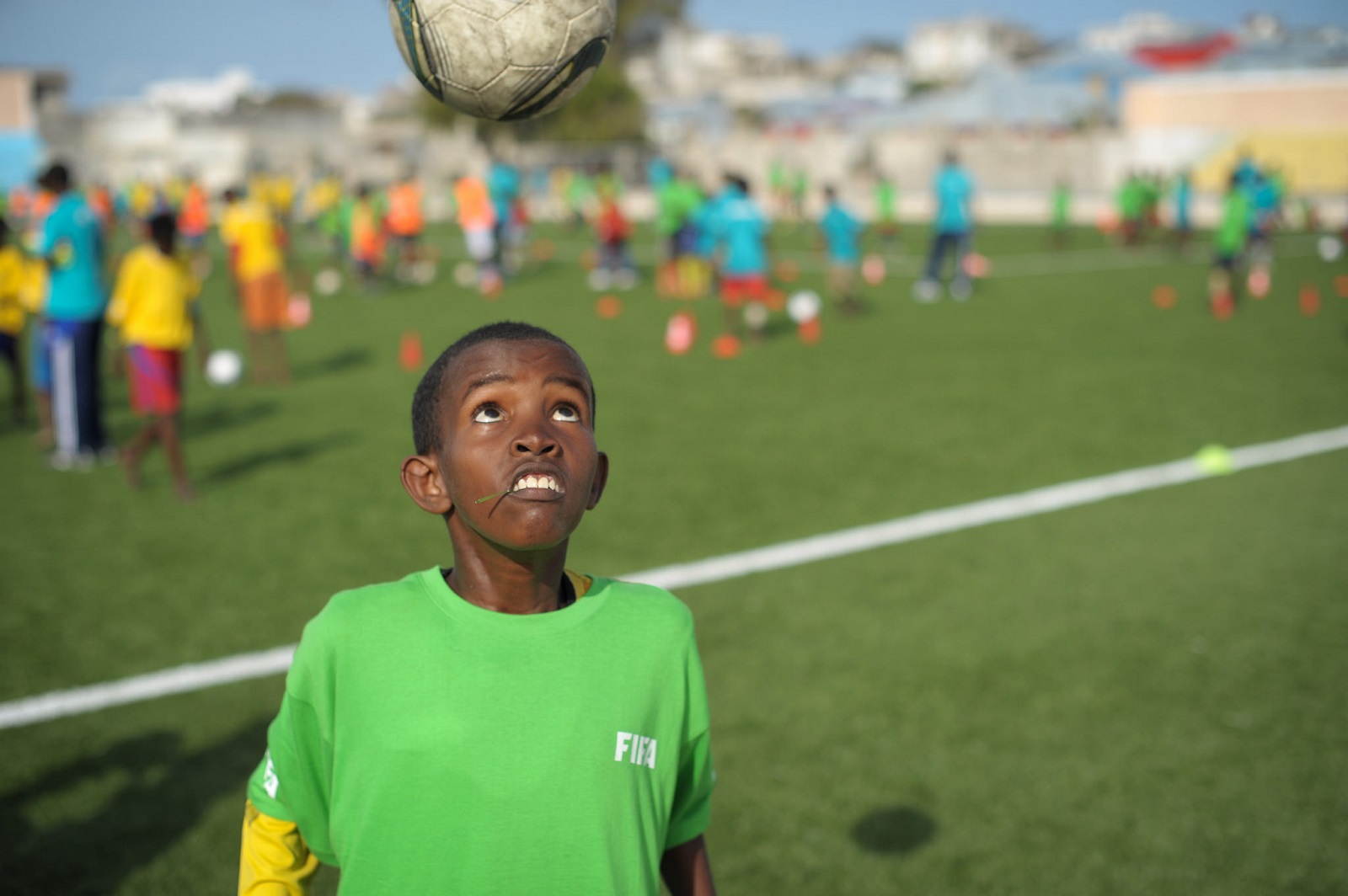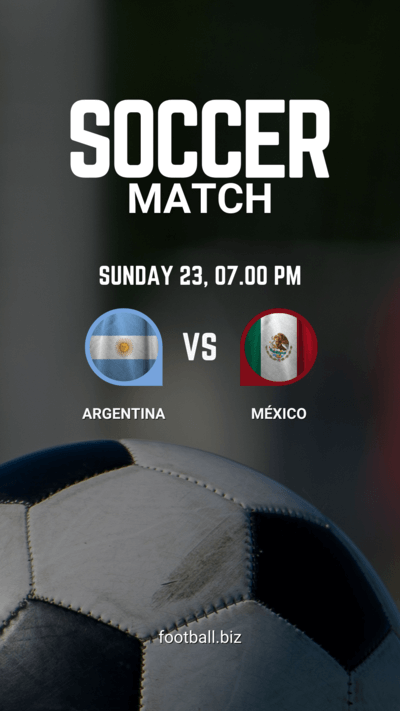Football has always been a global sport, but in recent years, both Asia and Africa have seen remarkable growth in terms of talent development, league improvements, and international recognition. These two continents, long overshadowed by Europe and South America, are now emerging as strong footballing regions with competitive leagues, world-class players, and ambitious goals for the future.
This article explores the history, current state, challenges, and future of football in Asia and Africa, analyzing how these continents are becoming more influential in the global football landscape.
1. The Growth of Asian Football
1.1. The Rise of Domestic Leagues
Asia has seen a rapid rise in the quality and popularity of its domestic leagues, particularly in countries like Japan, China, South Korea, and Saudi Arabia.
Japanese J-League
- Established in 1993, the J-League has become one of the strongest leagues in Asia.
- It focuses on youth development and foreign talent acquisition, making it competitive in continental tournaments.
- Clubs like Kawasaki Frontale, Urawa Red Diamonds, and Yokohama F. Marinos have gained international recognition.
Chinese Super League (CSL)
- The CSL made headlines in the 2010s with high-profile signings like Hulk, Oscar, and Carlos Tevez.
- However, financial instability and government restrictions led to a decline in spending.
- The league is now focusing on developing local talent instead of relying on expensive foreign stars.
Saudi Pro League (SPL)
- With massive financial backing, the SPL has recently attracted stars like Cristiano Ronaldo, Neymar, Karim Benzema, and Sadio Mané.
- Saudi Arabia’s ambition to host the 2034 FIFA World Cup has further accelerated its football investments.
1.2. Success in International Competitions
- Japan and South Korea have consistently performed well in FIFA World Cups.
- South Korea (2002) became the first Asian country to reach a World Cup semi-final.
- Japan reached the Round of 16 in multiple tournaments, proving its strength on the global stage.
1.3. Asian Champions League (ACL)
- The ACL is Asia’s top club competition, featuring teams from across the continent.
- Clubs from Japan, South Korea, Saudi Arabia, and Iran have dominated the tournament.
- The competition is gaining more attention as more global stars join Asian clubs.
2. The Growth of African Football
2.1. The Strength of African National Teams
Africa has always been known for producing world-class talent, and its national teams have continuously improved over the years.
- Cameroon (1990), Senegal (2002), and Ghana (2010) all reached the quarter-finals of the FIFA World Cup.
- Morocco (2022) became the first African team to reach a World Cup semi-final, marking a historic achievement.
- Countries like Nigeria, Egypt, Algeria, and Ivory Coast regularly produce top-level players competing in European leagues.
2.2. The Development of Domestic Leagues
Unlike Europe, where club football dominates, Africa's football culture has been more centered around international tournaments. However, leagues across the continent are improving.
Egyptian Premier League
- One of Africa’s most successful leagues, featuring legendary clubs like Al Ahly and Zamalek.
- Al Ahly has won the CAF Champions League a record 11 times.
South African Premier Soccer League (PSL)
- Considered the best-organized league in Africa.
- Clubs like Mamelodi Sundowns, Kaizer Chiefs, and Orlando Pirates have strong fanbases and financial backing.
Moroccan Botola Pro
- Moroccan clubs like Wydad Casablanca and Raja Casablanca have recently dominated continental football.
- Morocco’s success in the 2022 World Cup has increased interest in domestic football.
2.3. The CAF Champions League
- Africa’s top club competition features the best teams from each nation.
- Clubs from Egypt, Morocco, Tunisia, and South Africa have been the most successful.
- The competition is growing in prestige, with more foreign players joining African clubs.
3. Challenges Facing Football in Asia and Africa
Despite significant growth, both continents face challenges that must be addressed to compete with Europe and South America.
3.1. Financial Instability
- Many African and some Asian clubs struggle with financial mismanagement and lack of funding.
- Corruption and misallocation of resources slow down progress.
- In contrast, leagues like the English Premier League and La Liga benefit from huge sponsorship deals and TV rights.
3.2. Infrastructure and Development
- Many countries lack top-quality stadiums, training facilities, and youth academies.
- Governments and football federations need to invest more in grassroots development.
- Some leagues rely too heavily on foreign talent, neglecting local player growth.
3.3. Player Exodus to Europe
- Most of Africa’s best players move to Europe at a young age for better opportunities.
- While this benefits individual players, it weakens local leagues, as top talent rarely stays.
- Asian leagues, particularly Japan and South Korea, have managed to retain some local talent while balancing foreign imports.
3.4. Lack of Competitive Balance
- In many African and Asian leagues, a few dominant clubs win nearly every season, reducing competition.
- In contrast, European leagues like the English Premier League have more balanced competition.
4. The Future of Football in Asia and Africa
4.1. Hosting Major Tournaments
- Qatar hosted the 2022 FIFA World Cup, marking a milestone for Asian football.
- Saudi Arabia is bidding for the 2034 World Cup, which could accelerate football growth in the region.
- African nations like Morocco, Egypt, and South Africa are also pushing to host more international events.
4.2. Increased Investment in Youth Development
- More countries are investing in youth academies and grassroots football.
- Japan’s football education system has been a model for other Asian countries.
- African nations like Senegal and Ivory Coast are focusing on producing world-class young players.
4.3. Stronger Club Competitions
- The Asian Champions League and CAF Champions League are becoming more competitive.
- More international broadcasters are showing interest in Asian and African club football.
4.4. Potential for a Super League
- Discussions about creating pan-African and pan-Asian "Super Leagues" have begun.
- A more structured and competitive league could keep top players from leaving their home countries.
5. Conclusion
Football in Asia and Africa has made huge progress, but there is still work to be done. With better infrastructure, financial investment, and player development, these regions have the potential to compete with Europe in the coming decades.
The success of national teams like Morocco, Japan, and South Korea in recent World Cups proves that Asian and African football is rising. If leagues continue to improve, both continents could one day challenge Europe as football's dominant power.
As we look to the future, one thing is certain—football is truly becoming a global sport. 🌍⚽












